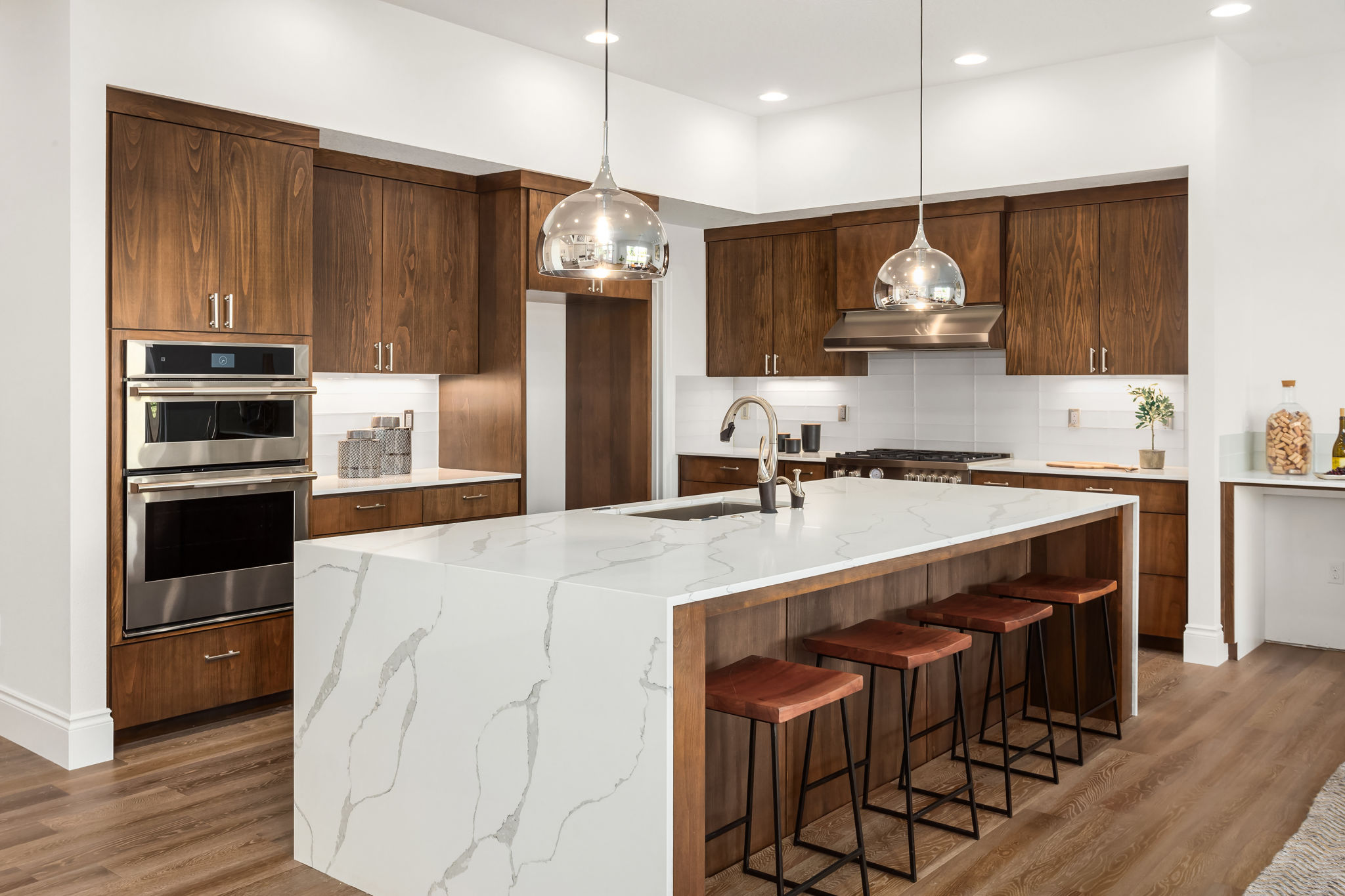Case Study: Transforming a Historic Billings Home with Modern Upgrades
Introduction to the Transformation
In the heart of Billings, a historic home stood as a testament to architectural elegance of a bygone era. However, despite its charm, it required modern updates to meet the needs of contemporary living. This case study explores how a thoughtful blend of preservation and innovation turned this historic house into a modern marvel, without losing its original appeal.

Challenges of Modernizing a Historic Home
Transforming a historic home is not without its challenges. Preservation of original elements was crucial to maintaining the home’s character. Yet, integrating modern conveniences demanded creative solutions. The team faced hurdles such as:
- Maintaining structural integrity while updating infrastructure
- Preserving historical aesthetics while introducing modern design
- Incorporating energy-efficient systems without compromising authenticity
Balancing History with Innovation
The key to this transformation was striking a balance between history and innovation. The renovation team prioritized preservation of key architectural features such as original woodwork and ornate moldings. Simultaneously, they introduced sleek, modern elements that complemented these classic features, ensuring a seamless blend of old and new.
Innovative Upgrades Implemented
Modern upgrades were carefully selected to enhance functionality while respecting the home's historic roots. Key updates included:
- Energy-efficient systems: Installation of solar panels and high-efficiency HVAC systems reduced the home's carbon footprint.
- Smart home technology: Integration of smart lighting and security systems added convenience and safety.
- Updated kitchen and bathrooms: Modern appliances and fixtures provided luxury and comfort.

The Role of Expert Craftsmanship
Expert craftsmanship was pivotal in executing this transformation. Skilled artisans were employed to restore original features like stained glass windows, while contemporary artisans crafted custom pieces that fit seamlessly into the historic framework. The result was a home that felt both timeless and cutting-edge.
The Impact on Property Value and Sustainability
The transformation not only enhanced the aesthetic appeal of the home but also significantly increased its market value. The energy-efficient upgrades led to reduced utility costs, while the smart technology appealed to modern buyers seeking convenience. Additionally, the home's reduced environmental impact made it a model for sustainable living.

Community Response and Recognition
The project received accolades from both preservationists and modern architects alike. Neighbors praised the respectful renovation that preserved the neighborhood's historic charm. The home has since been featured in several architectural magazines, highlighting its successful blend of history and modernity.
Conclusion: A Model for Future Renovations
This case study serves as an inspiring example for future renovations of historic properties. By carefully balancing preservation with modernization, it is possible to breathe new life into historic homes. This project demonstrates that with creativity and respect for the past, historic homes can continue to be relevant and functional in today's world.